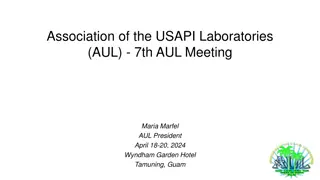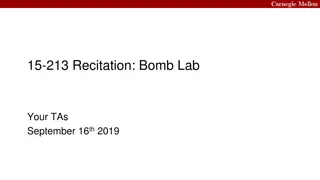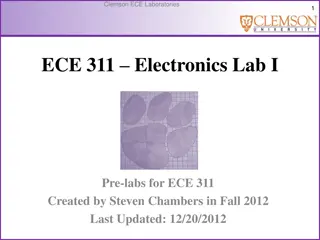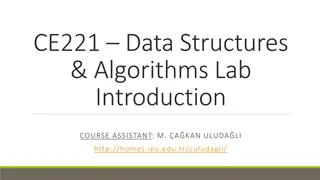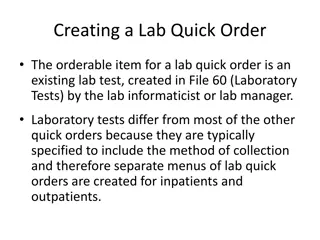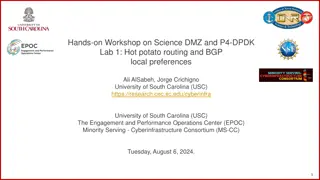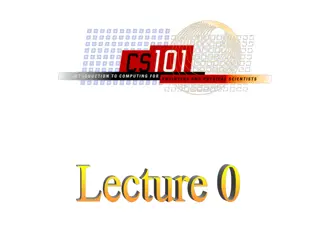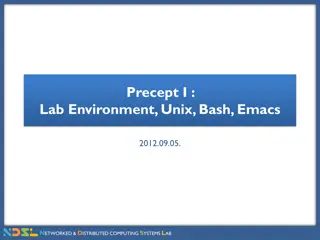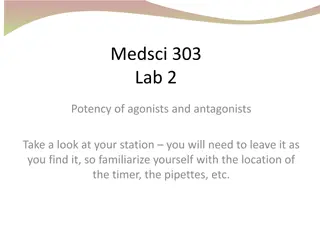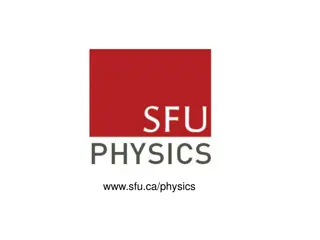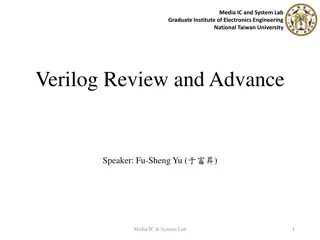
Learn about Pointers and Pass by Reference in Programming
Explore the concept of pointers in programming - variables that store memory addresses to point to other variables. Understand pass by reference, where functions can directly modify original variables by receiving their memory addresses. Enhance your understanding of C programming through practical examples and explanations.
Download Presentation

Please find below an Image/Link to download the presentation.
The content on the website is provided AS IS for your information and personal use only. It may not be sold, licensed, or shared on other websites without obtaining consent from the author. If you encounter any issues during the download, it is possible that the publisher has removed the file from their server.
You are allowed to download the files provided on this website for personal or commercial use, subject to the condition that they are used lawfully. All files are the property of their respective owners.
The content on the website is provided AS IS for your information and personal use only. It may not be sold, licensed, or shared on other websites without obtaining consent from the author.
E N D
Presentation Transcript
Lab P3 Semesteri oluline osa: the frontier To boldly go where no man has gone before!
The last 3 weeks The core of the course is finished. And there is no additional information that you need to learn. What follows is time for you to catch up on missing assignments, learn a few things above and beyond, and ask whatever questions you need. This week: an introduction to pointers and consultation on previous weeks tasks. Next week: a lab on microcontrollers. Final week: retake of test 1 and test 2.
Pointers Each variable has a name, a value and an address (location in the memory). Pointer is a variable used to store an address. That way, it points to another variable by its memory address. int count = 10; int *ptr = &count; name *ptr count value 10 0x0062FE5C address 0x0062FE50 0x0062FE5C
A pointer contains a memory address, and therefore is a reference . By itself it doesn t contain data that will be used in calculations, but (hopefully) the memory it points to will. It exists, and is used, under the hood for book-keeping and organization. What is a memory address? It s like an array index, if the array is your entire RAM.
To declare a pointer, one need to specify the type of the variable to which it points and an asterisk (*), which identifies variable as a pointer. int *pi; char *pc; // pointer to character float *pf; // pointer to float // pointer to integer To assign an address of the variable to the pointer, one need to use the address operator (&). Remember, you have already used it with the scanf() function. pi = # // assigns an address of num // to pointer pi To get the value stored in the variable pointed by (or change it), one need the dereference operator (*). *pi = 5; variable // assigns a value to the // pointed by the
Pass by reference vs Pass by value Until now, we have passed single variables to functions by value, meaning the functions created the copy of the passed variable. However, it is possible to pass the address of the variable, so the function will work with the original variable. This is called pass by reference. All changes made to the passed variable in the function will be saved in the original variable. Try the code on the next slide.
To try it out, write a simple function that swaps the values of two variables. The prototype of such function can be: void swap(int *a, int *b);
Why dont we use & in the scanf() function with the strings? String is an array of characters, and the name of the array is a pointer to the first element of that array. Therefore, to assign the start of the array to the pointer, one only needs the name of that array. Without address operator &. int array[3]; int *ptr; ptr = array; Now, to access specific element of an array using pointer, one can use both pointer arithmetics or array notation. access the i-th member of the array *(ptr + i) if ptr points to the beginning of the array; ptr[i] array notation that you are used to
Keep track of it Pointers are a very powerful tool. But, as they say, with great power comes great responsibility. As always, if you try to access memory that doesn t mean anything, that s your problem.
If it points nowhere? As with any other piece of data, if it s not set to anything, it contains whatever data happens to be there. In this case, we have a key difference: the piece of data (px) in question is a memory location; it is not the data contained, but the location that is random garbage. So when you access it, it points, not to memory containing random garbage, but to a random garbage place. That place is probably somewhere you shouldn t be mucking about. Segmentation fault means this: you ve attempted to access memory you are not allowed to access, and your program has been shot down by the operating system.
Practical work Task 1 (0.5 pt) Create an array of 10 integers. Print them out without using square brackets (using pointer arithmetic). Task 2 (0.5 pt) Create a function which finds both the minimum and maximum values of an array. Function should be of type void and should use a pass by reference in order to get a minimum and maximum values. Task 3 (1 pt) Revisit the words bonus task from week 11. Use an array of char pointers to organize the set, such that you have 26 pointers, which point to the A, B, C, D, E etc words in the array.




